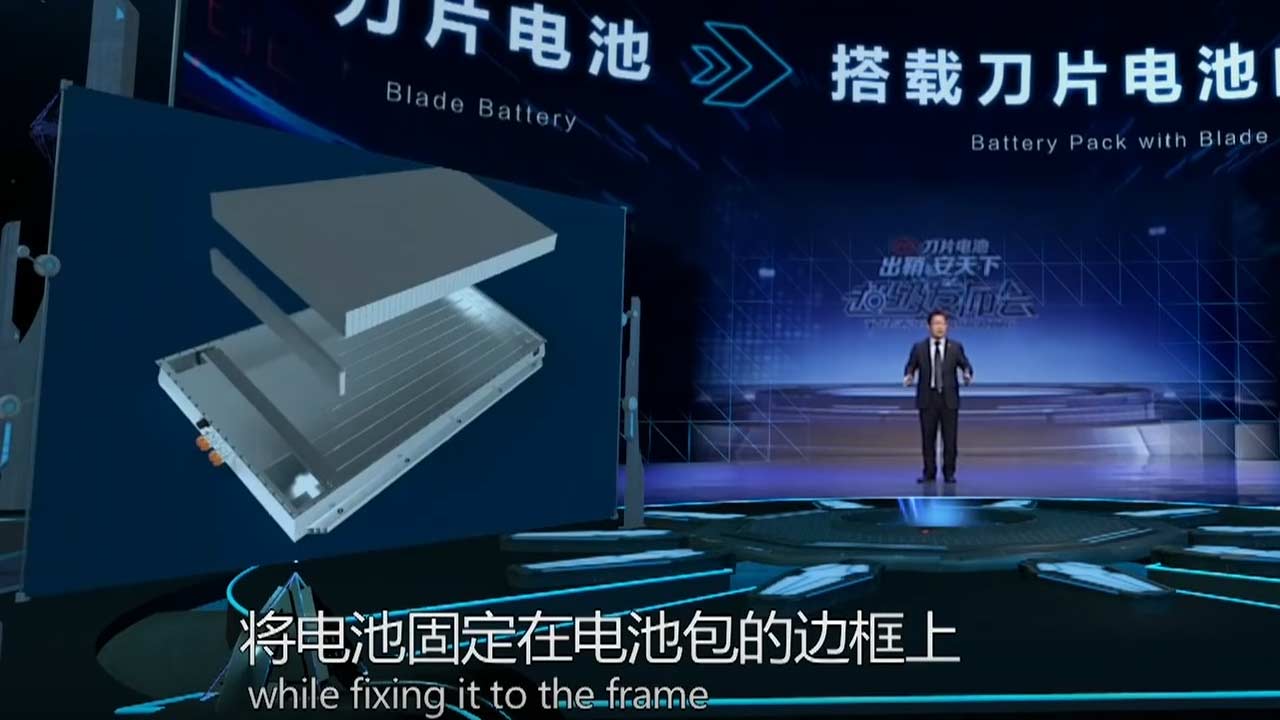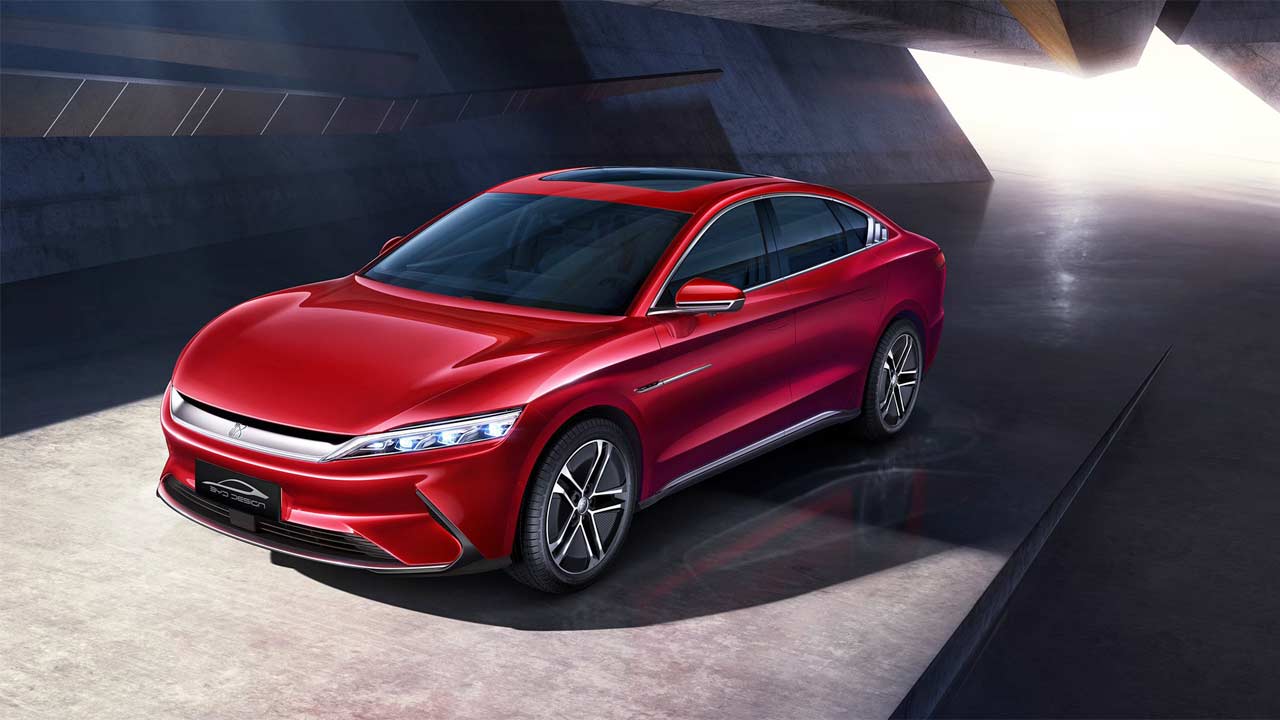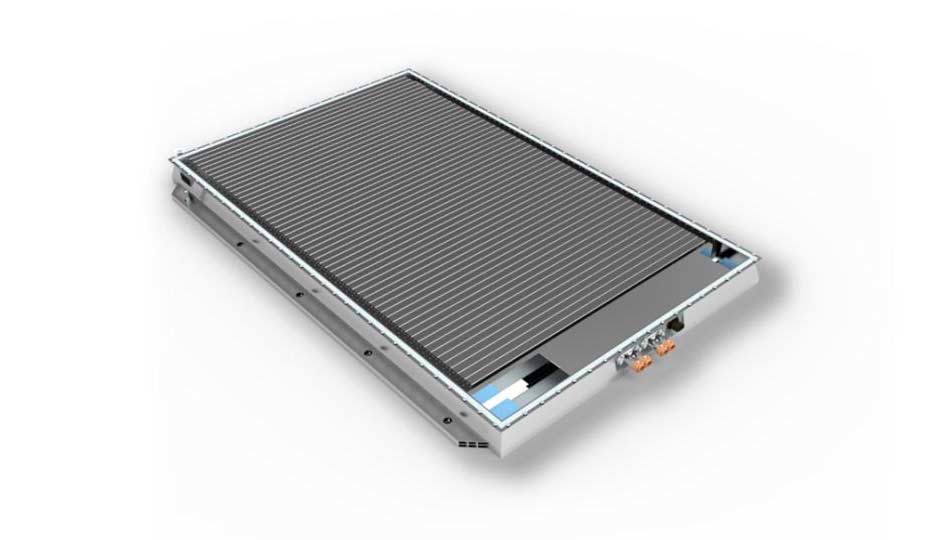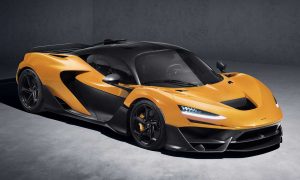China’s BYD has revealed a new ‘Blade Battery’ with several claims. One of which is that it apparently “redefines safety standards for the entire industry”. BYD also claims that its new battery pack’s space utilization is up by 50% compared with conventional lithium iron phosphate block batteries.

The Blade Battery is also a lithium iron phosphate (LFP) battery, but with a stretch, literally. The conventional prismatic LFP cells have been made thinner and longer, and as the above picture suggests, these “blades” become structural parts/beams of the pack.
Part of the official online presentation was a comparison test between conventional lithium iron phosphate battery packs and the Blade Battery, where the latter passes a nail penetration test without any fire or smoke while the conventional ones get smoked. Presentation video below; testing starts at around 39:20.
BYD claims that its new Blade Battery has passed several other tests such as being crushed, bent, heated in a furnace to 300°C (572°F) and overcharged by 260%. Apparently, none of these resulted in a fire or explosion.
HUGE breakthrough in #batterytechnology that will redefine safety standards for the entire industry
✅Nail Penetration
✅Heated to 572 F
✅Overcharged by 260%
✅Crushed
✅BentNo test resulted in fire or explosion!
Learn More—https://t.co/6i6vuKNnsu#EVnews #vechain #vet #EV pic.twitter.com/1RuQxCkqTy
— BYD (@BYDCompany) March 29, 2020
While undergoing nail penetration tests, the Blade Battery emitted neither smoke nor fire after being penetrated, and its surface temperature only reached 30 to 60°C. Under the same conditions, a ternary lithium battery exceeded 500°C and violently burned, and while a conventional lithium iron phosphate block battery did not openly emit flames or smoke, its surface temperature reached dangerous temperatures of 200 to 400°C.
According to He Long, Vice President of BYD, there are four distinct advantages of the Blade Battery, including a high starting temperature for exothermic reactions, slow heat release and low heat generation, as well as its ability to not release oxygen during breakdowns or easily catch fire.
“In terms of battery safety and energy density, BYD’s Blade Battery has obvious advantages,” claims Professor Ouyang Minggao, Member of the Chinese Academy of Sciences and Professor at Tsinghua University.

BYD plans to launch its flagship model, the Han EV, by June 2020. It’ll come equipped with the Blade Battery. The Han EV boasts a cruising range of 605 km (375 mi) and a 0-100 km/h acceleration time of 3.9 seconds.

Leave a Reply
Note: Comments that are unrelated to the post above get automatically filtered into the trash bin.

































